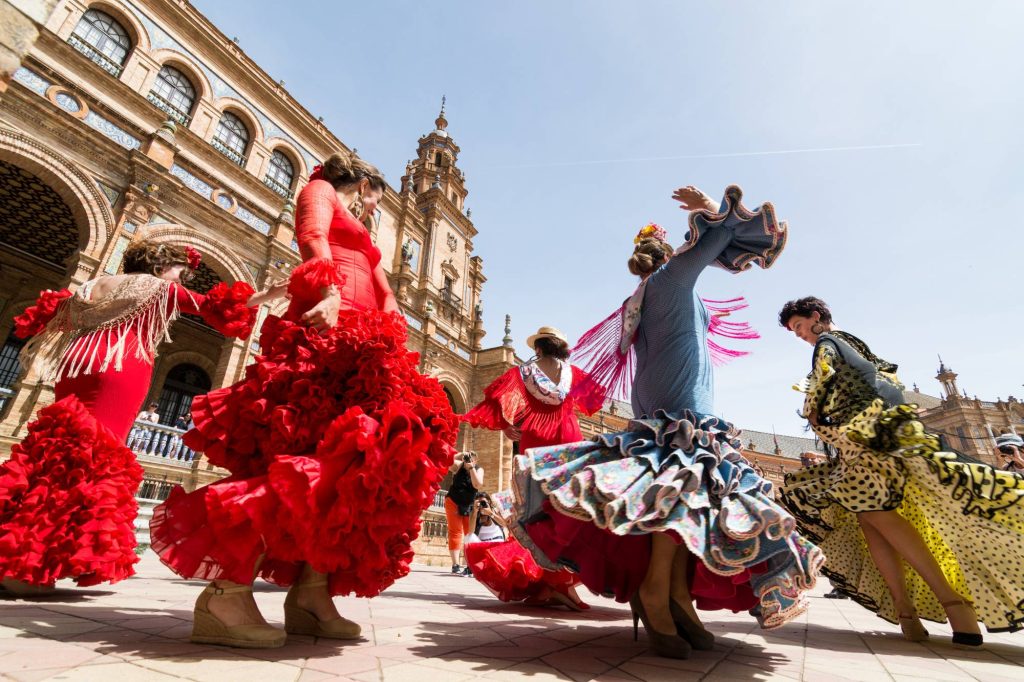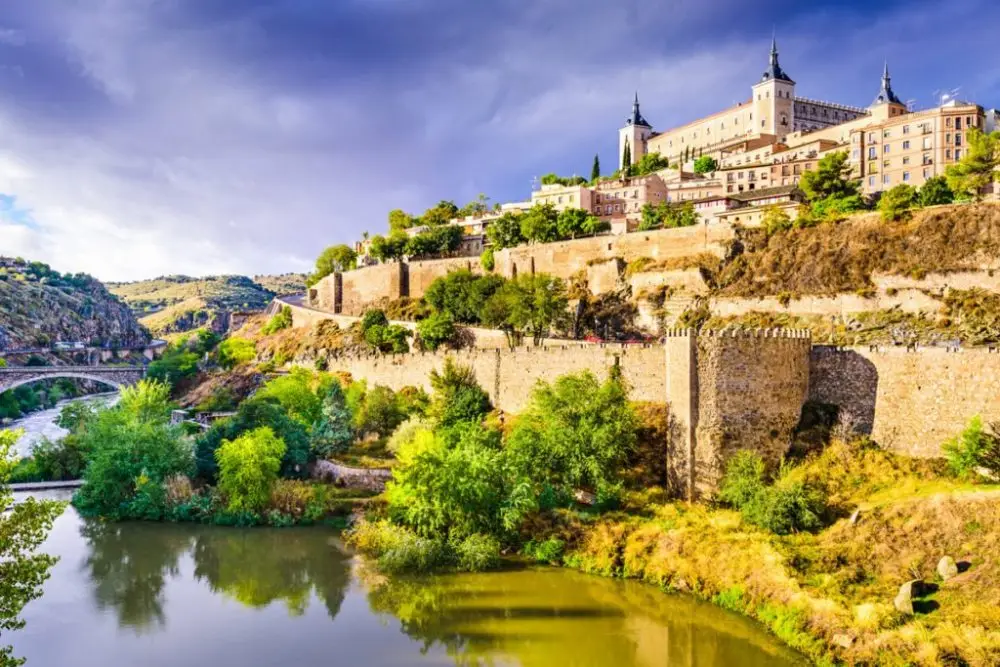Getting a Spanish passport is more than just opening a red cover with a coat of arms. It is a transition to a new level of access to a full European life, where borders and restrictions virtually disappear. What gives citizenship of Spain? Much more than a formal status. Legal entry into the EU economy, expanded civil rights, freedom of movement and a high standard of living with a guarantee of European quality.
What Spanish citizenship gives you in everyday life
Spanish passport opens 191 countries without visas, including Japan, USA, Canada, Australia. A citizen can cross EU borders as a resident, not a tourist. He or she registers a business in any country of the Union without bureaucratic blocks and gains access to health and education systems on an equal footing with local ones.
Access to the labour market of 27 EU countries, the ability to enter into contracts without a work permit, obtain loans from European banks, purchase real estate with a simplified procedure. Legalisation – no additional statuses are required. Residence registration is available without being tied to a residence permit.
Passport as an economic instrument
 Due to the civil status of the country, businessmen register an IE in 48 hours. They register a company in 3 days, receive an NIE number and start operations with minimal restrictions.
Due to the civil status of the country, businessmen register an IE in 48 hours. They register a company in 3 days, receive an NIE number and start operations with minimal restrictions.
What gives Spanish citizenship to a specialist – the right to work in Germany, the Netherlands, Sweden, France without obtaining a labour visa. Employers all over Europe purposefully hire lawyers, architects, IT-specialists and doctors. These are the professions that remain most in demand in the global marketplace.
Borderless mobility is transforming work contracts. Remote employment is becoming available on European terms, including social packages, pension savings, and insurance.
Opportunities through kinship care
The family of a Spanish citizen becomes eligible for accelerated reunification. Spouse – by marriage after 1 year of residence. Children – automatically. Parents – by dependency.
What gives Spanish citizenship on repatriation – the opportunity to apply through historical roots, if one of the ancestors was born in the territory of the country. Since 2022, the possibility of obtaining under the law on Sephardic Jews is open.
Registration of Spanish citizenship with family grounds – the fastest way: up to 2 years under a simplified procedure.
Social Lift: Culture, Education, Voice
Voice is not a figure of speech. Citizenship status includes the right to participate in elections at any level: from municipal to European.
What gives Spanish citizenship to students – access to prestigious universities with subsidies: Universidad Complutense de Madrid, Universitat de Barcelona, Pompeu Fabra. Tuition fees for citizens start from €500 per year instead of €3000 for foreigners.
Culture becomes not a background but an everyday part of life. Free access to all cultural integration programmes, Spanish language courses, national historical events subsidised by the state. You learn a language faster when you live in it, not translate it from the outside.
How to obtain Spanish citizenship: requirements and procedures
The formalisation of civil status is regulated at the state level and involves several legal paths. The authorities have developed each of these pathways to suit different life situations and legal grounds.
There are clear ways to formalise:
- Through residence – minimum period: 10 years. For natives of Latin America, Andorra, Philippines – 2 years. For persons with refugee status – 5 years.
- For marriage, 1 year after the union is registered and residence is established.
- Repatriation is on the basis of origin.
- Birth in Spain – provided that the parents are resident in Spain.
- Through naturalisation – by decision of the authorities for contribution to culture, science and economy of the country.
Each pathway requires fulfilment of requirements: legal residence, passing language (DELE A2 and above) and constitutional knowledge exams (CCSE), no criminal record, stable income.
What gives Spanish citizenship after fulfilment of all conditions – the final legal status, not limited by time and territory.
Residence permit and citizenship: differences
A residence permit grants the right to stay and work in the country, but not to participate in politics, not to have access to elections, and does not open the whole EU.
What gives Spanish citizenship over and above this: freedom not only to move, but also to participate in government, political activity, the right to vote. Residence permit requires renewals, civil status is for life.
Citizenship status allows you to refuse residence permits of other countries, combining all the benefits under one legal “umbrella”.
What are the advantages of Spanish citizenship
The pros are not limited to geography. They are in comfort, protection, prospects. The passport is available:
- Education in the best universities in Europe.
- Employment without visa restrictions.
- Freedom of Business.
- The right to political activism.
- Visa-free travel to 191 countries.
- EU social guarantees.
- Children are automatically granted civil status.
What gives you Spanish citizenship is not a theoretical list, but a real life scenario without bureaucracy and restrictions.
Spain as a strategic choice
The choice of a destination for naturalisation is rarely random. The Spanish kingdom is not just a southern point of Europe, but a full-fledged strategic hub. Geographically – access to the Mediterranean, Portugal, France, Morocco. Logistics – a developed network of high-speed trains (Renfe AVE), more than 50 airports, including the international hub in Madrid (Barajas) and the most powerful port in Valencia.
The climate provides comfortable year-round living. The southern regions enjoy over 300 days of sunshine a year, while the north enjoys the mildness of the Atlantic and verdant landscapes. For families with children – access to ecological zones, developed schools and sports infrastructures.
What gives Spanish citizenship in combination with geography – the opportunity to live, holiday and work in a country that combines Mediterranean culture, EU infrastructure and flexible adaptability to any lifestyle. This flexibility is a rare asset in today’s world, where sustainability and mobility have become the new currency.
Conclusion
 Citizenship status combines freedom, legality, security and status in one document. What gives Spanish citizenship is the ability to build a life without geographical and legal walls. It is not a passport. It is a platform of access to resources, security and a future in the heart of Europe.
Citizenship status combines freedom, legality, security and status in one document. What gives Spanish citizenship is the ability to build a life without geographical and legal walls. It is not a passport. It is a platform of access to resources, security and a future in the heart of Europe.
 en
en  ru
ru  de
de  ar
ar  es
es  nl
nl  hi
hi  fr
fr  it
it  pt
pt  el
el 









